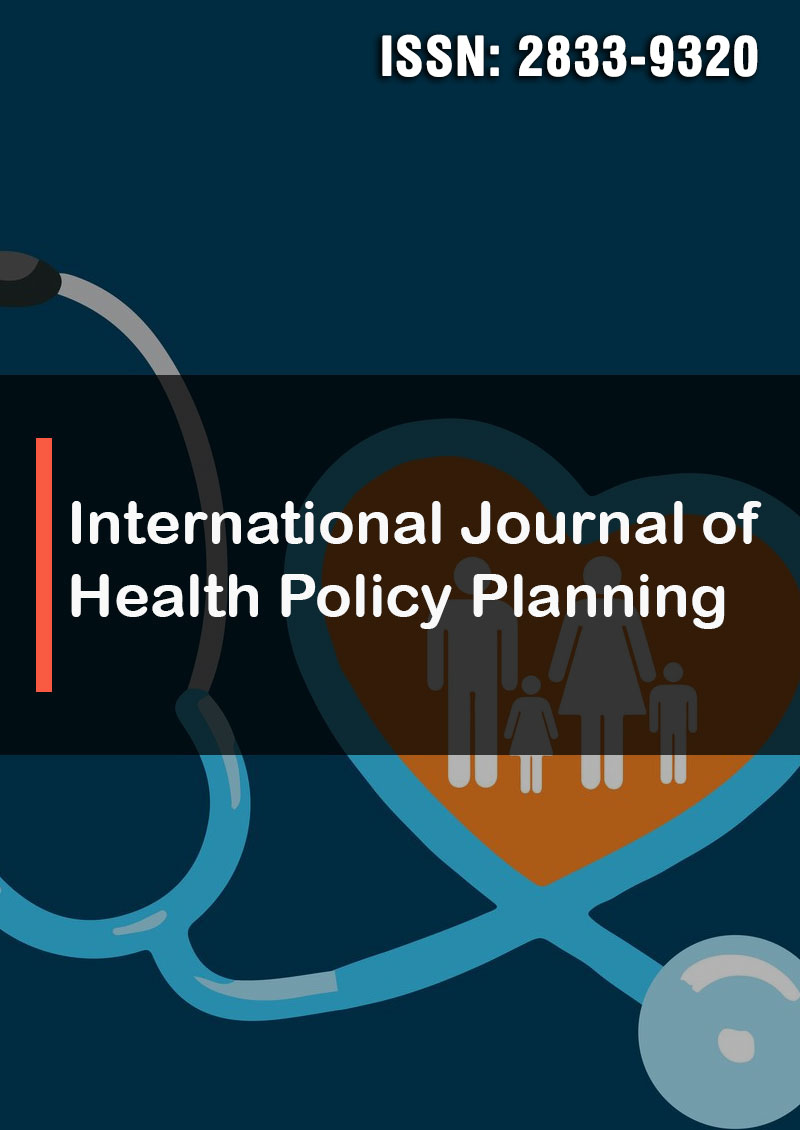Safe Disposal of Unused Medicine among Health Professions Students at Makerere University: Knowledge, Practices and Barrier
Abstract
Rachel Nakiganda, Fredrick Katende, Ferguson Natukunda, Gloria Joy Asio, William Ojinga, Allan Bakesiga, Claire Namuwaya, LouritaNakyagaba and Blaise Kiyimba
Background: Environmental contamination with antimicrobial agents is one of the leading drivers of Anti-Microbial Resistance (AMR) worldwide. However, scarce data exists concerning the factors fuelling unsafe disposal of medicines globally. This study aimed to assess for the knowledge, practices, and barriers concerning safe disposal of unwanted medicines among Health Professions Students (HPS) at Makerere University, Uganda.
Methods: We conducted a cross-sectional study using an online assessment tool sent through WhatsApp groups and E-mail addresses of undergraduate HPS at the College of Health Sciences Makerere University, Uganda between 1st February and 16th March 2022. Good knowledge was defined as a score of 80% of the knowledge domain questions on a standardized questionnaire.
Results: We enrolled 205 participants, 135 (65.9%) were male, with a median age of 23 (range: 19 -43) years. Overall, 157 (76%) participants had good Knowledge. The mean knowledge score was 63%. About half (n=102, 49.8%) of the participants had unused medicines kept at their respective residential places, mainly antibiotics (27%, x/102) and analgesics (21%, x/102). The most common method of medicine disposal was dumping into household garbage (n=103, 50.2%). Only 37 (18%) of participants had ever used the take-back method of medicine disposal. The most reported barriers for safe disposal were inadequate knowledge and insufficient advice from the dispensers concerning safe disposal practices. Year of study was the only factor significantly associated with knowledge about safe disposal of medicines, (adjusted Odds Ratio: 9.7, 95% CI 2.3 - 40.5, p= 0.002), with participants in higher academic years having more knowledge than those in lower years.
Conclusion: Despite a good knowledge level among the participants, the practice of safe disposal of unused medicines remains suboptimal in this population. Strategies aimed at enhancing safe disposal practices such as giving proper instructions to medicine buyers by dispensers regarding disposal practices are recommended to abate the growing burden of AMR.




